As the weather in Canada starts to turn colder come fall and winter, our gardens are often left forgotten. How then, do we ensure that when spring comes, we’ll still have a beautiful yard full of life? Well, it starts with giving our plants some much-needed TLC, even during the cooler months. Here’s how to plan ahead and protect your plants from frost and freeze this year.
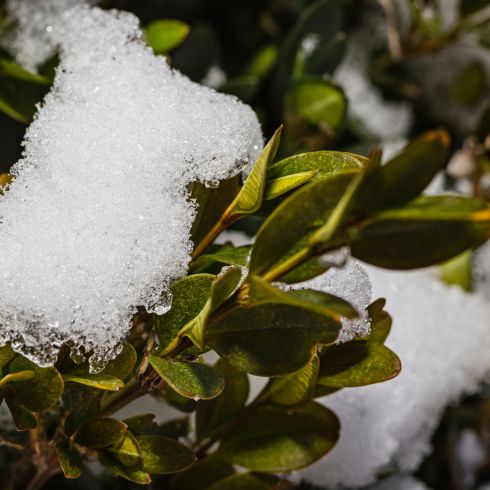
Choose the Right Plants
According to the Manitoba Co-operator, the first step is to plant your garden with species that are hardy enough to withstand the climate in your area. Plants and trees that are native to the area have generally adapted to survive the local climate, while plants that are native to tropical climates almost certainly won’t survive when temperatures drop.
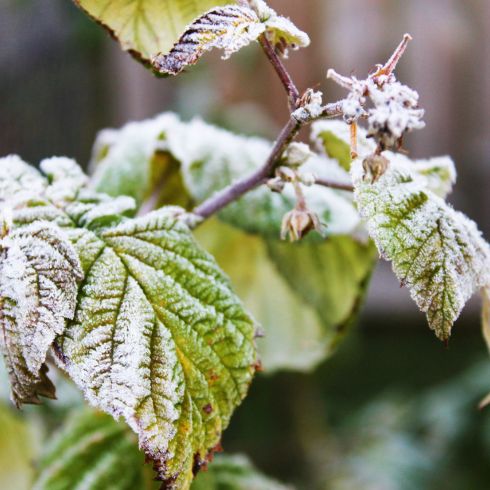
Find Out How Much Cold Your Plants Can Resist
There’s cold and then there’s cold, and different plants react differently to the various levels of freeze. Most plants will suffer damage when the temperatures drop to below –4 degrees for several hours. Between –4 and –2 is a hard frost and can kills root-hardy perennials if it lasts for several hours. When temperatures drop to only –2 for a few hours, only very tender plants will suffer damage.
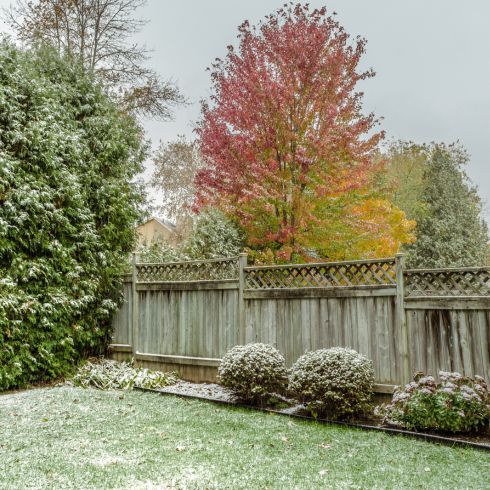
Place Your Plants Carefully
You can also protect plants from frost by placing vulnerable plants in sheltered spots in the garden. For example, plant them near a fence or to the south of a line of trees, where they’re protected from wind and still get enough sun, but not too much. For very vulnerable tropical plants, you may want to plant them in pots to bring inside when necessary.
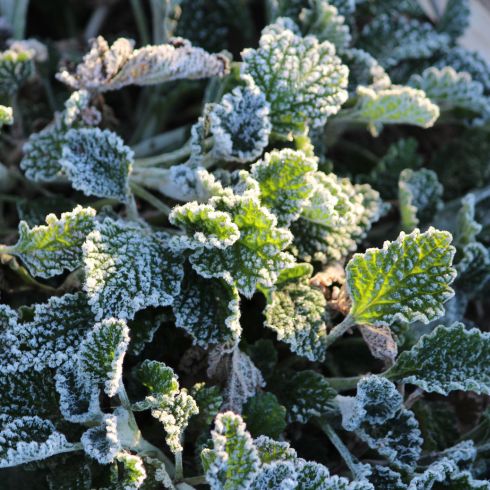
Know When to Expect Frost and Freeze
To adequately protect your plants against frost and freeze, be prepared for these conditions. In other words: find out when the first frost will most likely hit your region and check the weather forecasts daily once the cooler temperatures arrive.
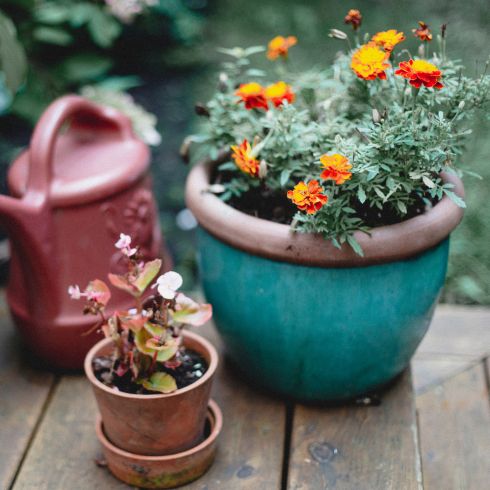
Bury Pots
The best way to protect outdoor plants that grow in pots is to bring them inside when the weatherperson predicts frost and freeze conditions. If this isn’t possible, though, the Manitoba Co-operator suggests burying the pots up to the rim and covering everything with a thick layer of mulch. The reason? If you leave the pot as is, freeze will enter the soil from all sides.
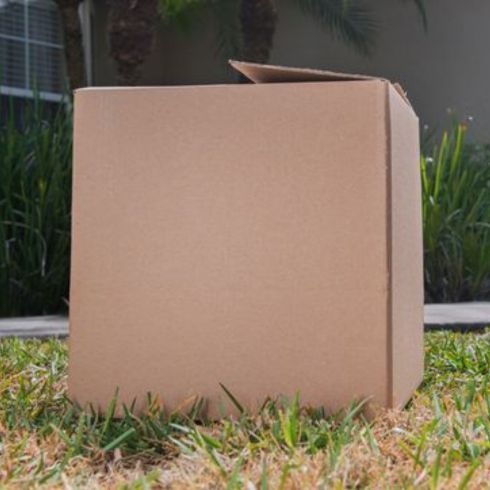
Use Cardboard Boxes
For smaller, tender plants, the Manitoba Co-operator suggests cutting back the branches. Then remove the bottom from a large cardboard box and place the box over the plant. Next, fill it with dry leaves. Close the top of the box and cover it with plastic, which will make it waterproof. This creates a snug little house where the plant can stay warm.
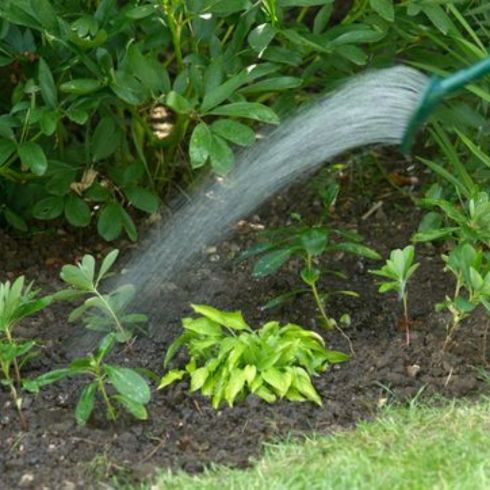
Water the Garden
Watering the garden before a cold spell may sound counterintuitive, but moisture can actually help protect the plants. This is because moisture produces heat when it condenses.
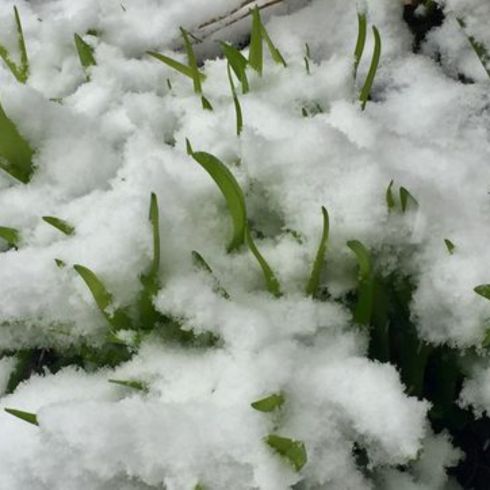
Use Snow to Your Advantage
The Manitoba Co-operator says that good snow cover can help retain heat within the soil. So, you can erect snow fences or let branches catch snow, which you can then use to cover the plants throughout winter. It will act in the same way that mulch does.
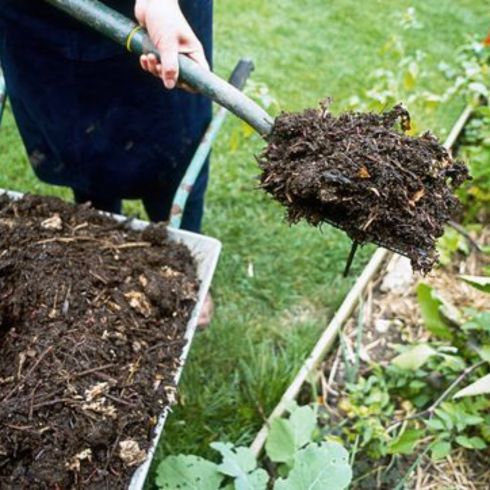
Apply Mulch
Mulch helps retain moisture and heat in the soil. It also helps to moderate temperature changes. However, be sure to keep mulch away from plant roots and keep it dry, or it can cause more damage.
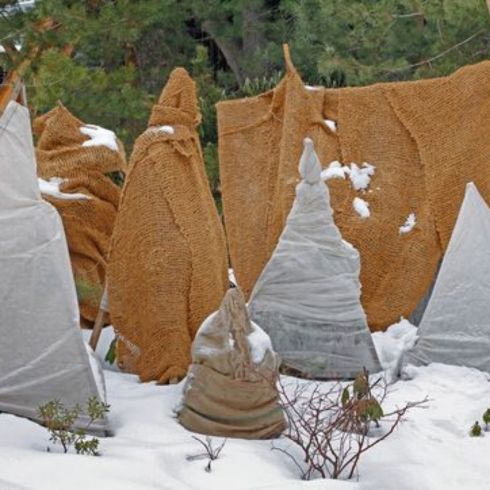
Cover Your Plants
Once you’ve applied mulch on the ground, you can cover the whole plant. You can use a special frost cloth for this. Alternatively, old bedsheets, newspapers, evergreen branches, straw or blankets will suffice. The idea is to build a kind of tent over the plant, not letting the cover actually touch the plant, because air still needs to be able to circulate around it. Weigh down the sides so they don’t blow open.
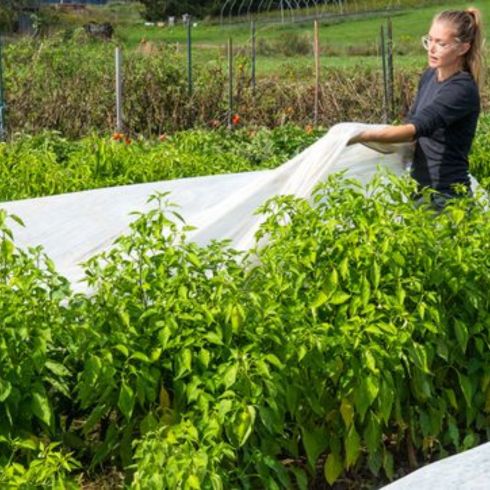
Know When to Cover and Uncover
The best time to cover your plants? Mid- to late afternoon. In other words, cover the plants before temperatures drop for the night. During the day, let your plants take full advantage of the sun’s heat. So, uncover them mid-morning, when the sun has risen.
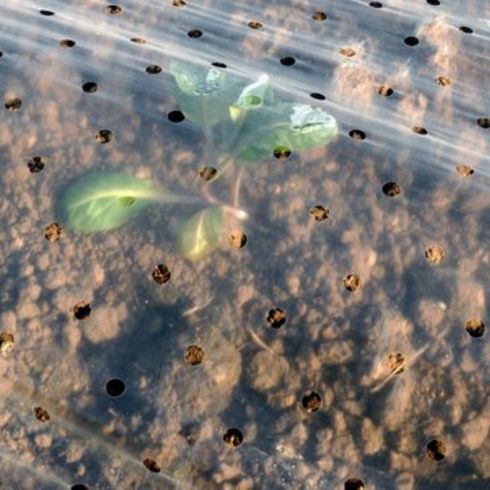
Don’t Use Plastic on Its Own
Another frost protection tip for plants? Stay away from plastic. Covering your plants with it in an attempt to protect against frost can be worse than not covering the plants at all. This is because plastic can hold moisture against the plant, which can cause more serious frost damage. The material is also too thin to provide insulation. However, you can use plastic in conjunction with other coverings to keep things dry.

Wrap Tree Trunks
The Manitoba Co-operator says that too much sun can cause damage to vulnerable deciduous trees and shrubs. It can cause the plant to dry out and the bark to split. To prevent this, wrap the lower parts of the trunks in burlap.
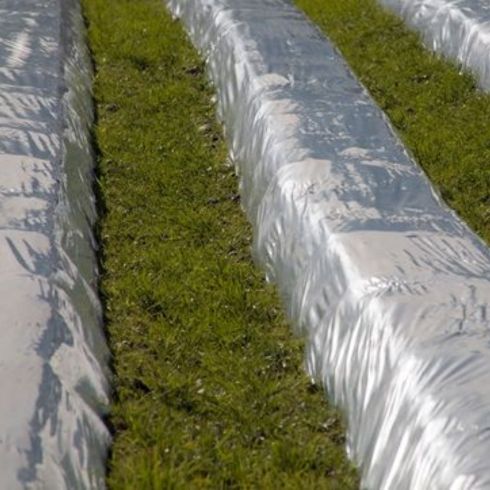
Use Row Covers
Row covers can raise temperatures by as much as four degrees. They provide a thermal buffer, as long as they don’t touch the plants. You can leave them on during the day, since they allow the sun, water and air to permeate.
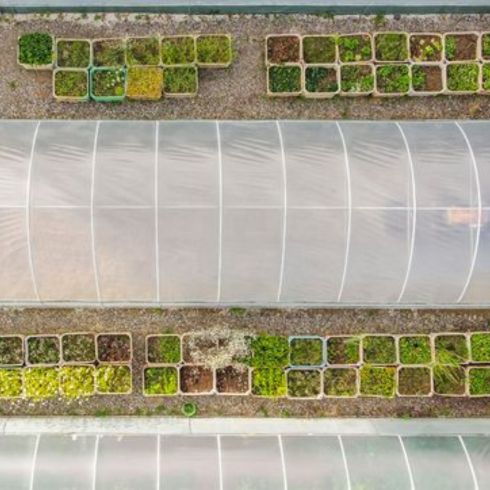
Use Polytunnels
Polytunnels act the same way as row covers. However, you can stretch the plastic over hoops so it doesn’t touch the plants. You need to open the sides during the day so that air can circulate, otherwise the high temperatures and humidity can cause disease.
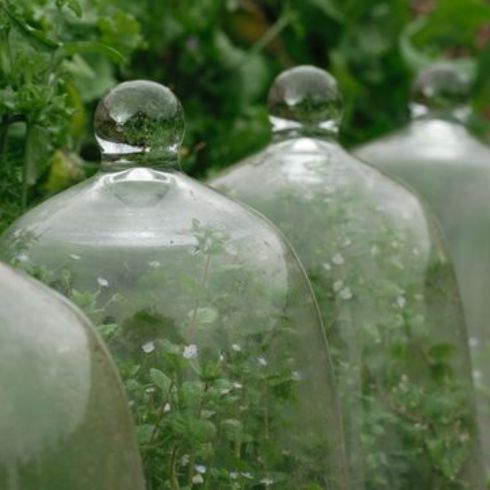
Use Cloches
Cloches are like mini greenhouses for small, individual plants. You can buy ones made of glass, or DIY your own by cutting the bottoms off plastic bottles and use them to cover the plants. Just be sure to remove them in the morning.

Shade Newly Planted Evergreens
Strong winter sunshine can also damage newly planted evergreens. It causes desiccation because the root zone is frozen and the plants can’t replace the moisture that they lose. To protect them, use a burlap screen on the south and west sides. A sturdier barrier on the north side will help protect them from wind.
HGTV your inbox.
By clicking "SIGN UP” you agree to receive emails from HGTV and accept Corus' Terms of Use and Corus' Privacy Policy.





